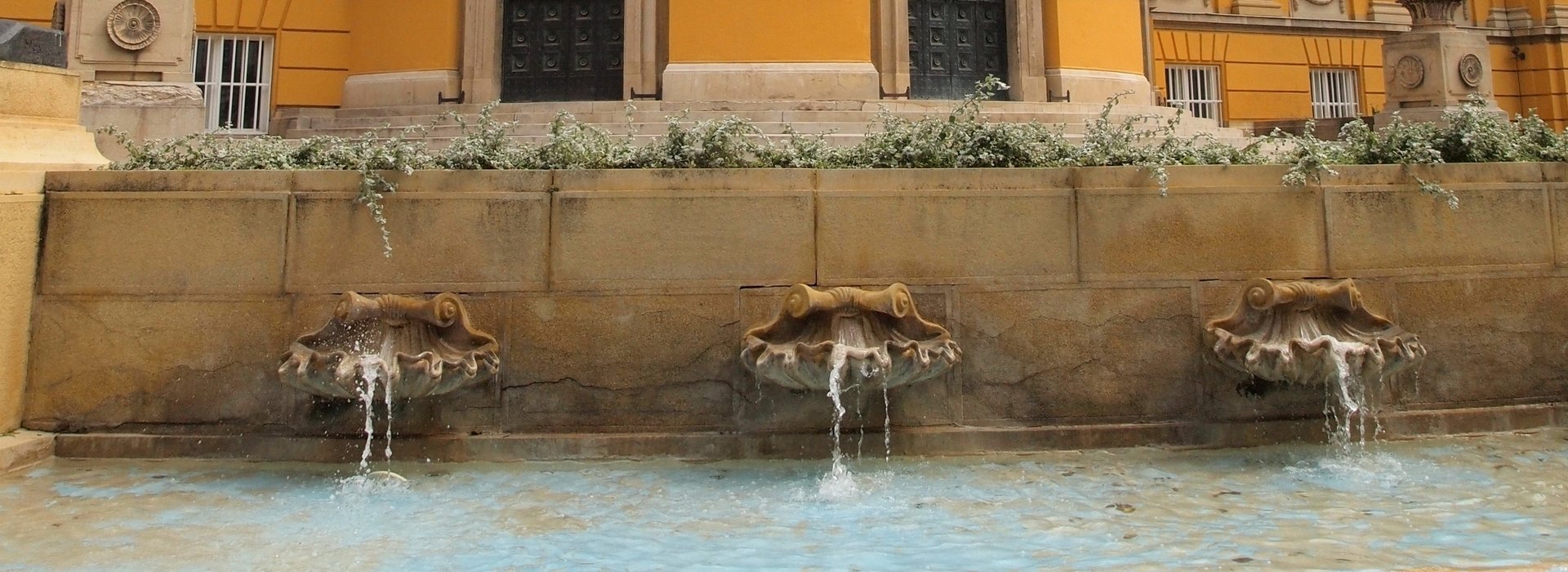

The history of this marvelous city shows its importance and magnificence although the centuries, and also serves as the basis for the distinctive and exceptionally rich cultural and historical life of Debrecen. The city and its region was already inhabited in the ancient times, as up to the arrival of the wandering Hungarians in the 9th century A.D. a number of various nations and ethnic groups lived here. As a result of this, the margins of the contemporary city often functioned as border territories among major empires and nations. Nagyerdő (Great Forest) and Ördög-árok (Devil’s Ditch) in the territory called Erdőspuszták also show evidences of ancient habitation as it reveals the remnants of an enormous frontier defence system. The city grew out of the union of a number of villages and was founded in the meeting of important trading routes, but the history of the city is still hardly known around and even after the time of the conquest. Debrecen emerged from the surrounding villages after the Mongol Invasion. The name of the city occurred first in 1235 in an ecclesiastic document, and in 1271 it occurred as Dubrychyn, and in the last years of the 13th century as Debruchun.
An important stage of the development of Debrecen was the charter given by King Louis the Great in 1361, which elevated Debrecen into the group of privileged market-towns. Thanks to the records kept about the active and flourishing trade from the 16th century, an image of a well-established and effective city with flourishing external relations is drawn.
By the end of the 17th century, after the Turkish withdrawal, the country was drawn under Habsburg rule, and the charter presented by Leopold I. in 11 April, 1693 Debrecen was elevated to the rank of a royal free town.
The Hungarian Revolution in 1848 March affected Debrecen radically as well: the further unfolding freedom fights shed new light on Debrecen. During the first half of 1849 the government of Hungary moved here, thus Debrecen became the temporary capital – Debrecen later acquired the name “the sentinel of liberty” for this – of the country. The temporary Parliament held its sessions in the Oratory of the Reformed College, where Lajos Kossuth, the world-famous leader of the Revolution declared the dethronement of the Habsburg rule and the independence of Hungary. After the chaotic decades of the mid-19th century the circumstances of the city clarified and strengthened: in 1857 the railway reached Debrecen, and the city soon became a railway junction, thus enhancing further the already flourishing industrial investments.
The city, which gradually became more and more beautiful, opened its first stone-built theatre in 1865 and it was named after one of the greatest poets of Debrecen, Mihály Csokonai Vitéz. At the end of the World War II the war caused serious damages in the city, but in 1944 the rehabilitation following the centuries’ old traditions of the city and the region began. As a result of this, Debrecen became the capital of the country again for the second time: at the end of the war the Temporary National Assembly was in session in Debrecen. During the Socialist regime Debrecen followed the path of development also imposed on other large cities in Hungary. The first free local elections were held in 1990, and thus the city could gain self-control. The 21th century welcomed Debrecen with another extremely successful period: not only the image of the city has changed, but the citizens can be proud again to their city and citizenship. Marvellous sights, elegant restaurants, vibrant cultural life and exciting events make Debrecen one of the most splendid and dynamic city of Hungary.